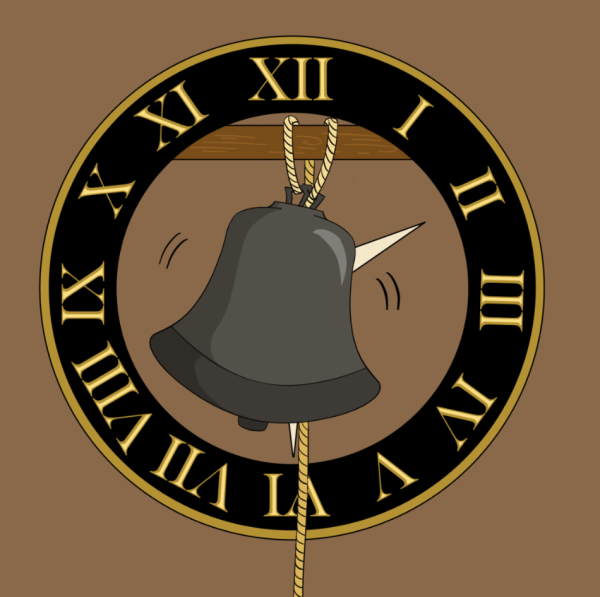Why Students Should Use the Circle Voice as an Outlet for their Opinions
 Following the herd is easy. There’s very little risk. Leading the herd in a new direction takes bravery, but it is often the only way to discover new pastures.
Following the herd is easy. There’s very little risk. Leading the herd in a new direction takes bravery, but it is often the only way to discover new pastures.
In 1969, Walter Mead stepped out of the herd and led it to new pastures when he started Groton’s Circle Voice. He created it to be an outlet for student voices in a time filled with “social change and civil unrest.” He modeled the name for the paper, as well as some of its core values, on the Village Voice, an alternative newspaper created in the fifties in New York City.
The original goal of the Circle Voice was to “work for change,” especially change regarding the administration. Mead also decided that the Circle Voice would not be hindered by needing to write articles about campus news, arts, and sports, but rather to “work to become one of the most significant expressions of student opinion” on the Circle. The other aspects besides Opinions which now exist in the Circle Voice had originally been part of the Third Form Weekly and The Grotonian, which used to cover news before becoming a literary magazine.
In contrast to the other established newspapers at the time which covered “trivial matters” and lacked Opinion pieces, the Circle Voice was exciting, impassioned, and had a kind of fervor and zeal for change that aroused the students. Naturally, its popularity quickly grew, the other newspapers dissolved, and the Circle Voice took on the sections they used to cover.
Take a look at the Circle Voice now, and you see lots of articles from sections other than Opinions, and the majority of the Opinions articles themselves are not particularly filled with fervor or controversial. What began as an anti-establishment, freedom of expression-based outlet for students’ voices, has evolved into a newspaper much more similar to its predecessors, with a faculty member needing to approve every article that gets published.
So why has it changed so much? Why are the Opinions articles so much more docile? Is it because the school has the ability to censor articles should they so choose?
As it turns out, the lack of anti-establishment articles is not due to censorship — the administration has censored very few articles. So, why aren’t the Opinions articles of the Circle Voice filled with the same zest and zeal for change? Well, not only has the Circle Voice changed since its inception, but also the school itself.
Since the late sixties, the school has become both more inclusive and more lenient: the school began admitting girls in 1975, and students no longer have to call their prefects and dorm heads “master.” But with that change, the students have in some ways become more docile, and accepting of the administration’s decisions. Neither students nor faculty will agree that Groton is perfect – there is always something to improve. Students should not be afraid to voice their opinions on the school — and other controversial matters — through the Circle Voice.
The potential for censorship is low. The administration has indeed published articles that they don’t agree with since they recognize that students are entitled to expressing their own opinions.
This idea of writing potentially controversial opinions is not to say that people should write whatever opinions come to mind, or whatever qualms they might have with the school. Rather, if a student feels that they have a persuasive argument which they wish to voice, the Circle Voice should act as their voice, as it was intended to be used. In other words, students should not preemptively censor themselves.
Besides the fear of censorship, some students are afraid to write controversial articles because they fear the reaction of fellow students, teachers, and even (as some students have quoted as the reason for their hesitancy) potential recommendation letter writers.
Students should not fear this fate. While it is reasonable to be concerned about this issue, writing a compelling, evidence-based argument – not a flaming, unsubstantiated complaint – can actually help a student gain respect from their peers and teachers, even if they don’t agree with the argument being presented. It demonstrates a student’s ability to reason, to argue soundly, and to stand up for what they believe, all of which are qualities which teachers and students alike appreciate.
As Mead observed, discussions and voicing opinions are the first steps in real change. Without a platform for those voices and discussions, it is difficult to make progress. The Circle Voice, however, offers an opportunity for growth.
Students should voice their opinions through the Circle Voice. Mead created it to be a voice for students. Let’s not let his dream of student expression die.






